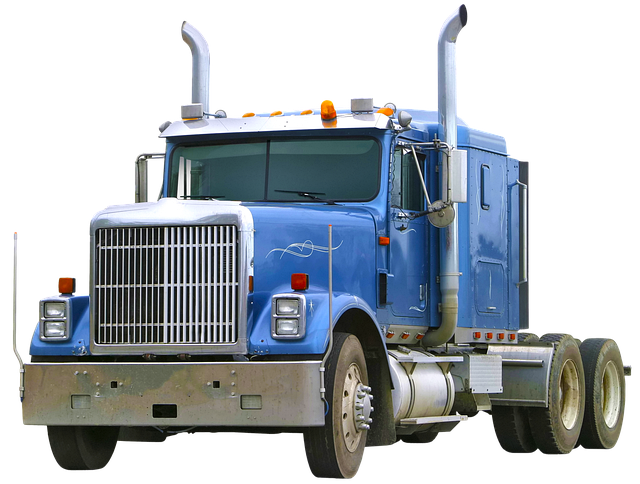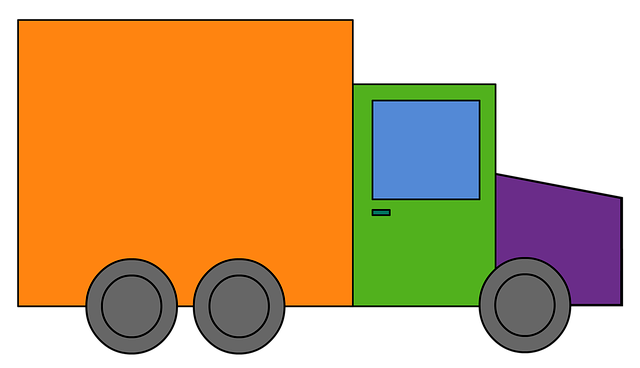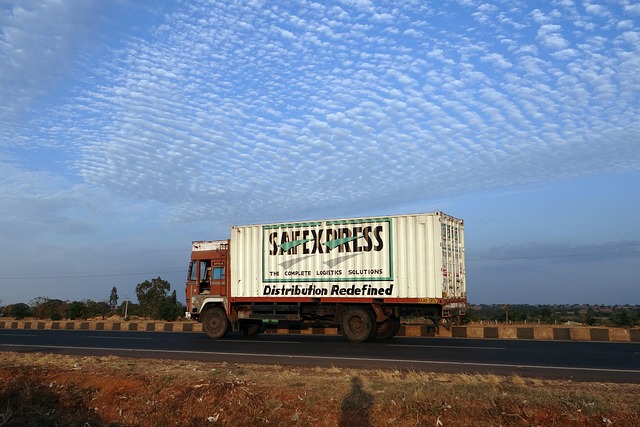Registering a car in California involves several straightforward steps. This guide walks you through the process, ensuring a smooth experience. First, gather essential documents like proof of ownership and insurance. Then, schedule and attend a DMV appointment. During the visit, provide detailed vehicle information and present your insurance details. After a mandatory dmv VIN verification, complete the registration, and obtain your license plate—it’s that simple!
- Prepare Necessary Documents
- Schedule and Attend a DMV Appointment
- Provide Vehicle Information and Proof of Insurance
- Undergo Vehicle Identification Number (VIN) Verification
- Complete Registration and Obtain License Plate
Prepare Necessary Documents

Before registering your car in California, it’s crucial to gather all the essential documents for a seamless process. The first step involves obtaining a Vehicle Identification Number (VIN) verification from the Department of Motor Vehicles (DMV). This includes completing a DMV vin verification form and providing proof of ownership, typically through a title document or a bill of sale. Additionally, you’ll need your vehicle’s registration papers from its previous state, if applicable.
For added convenience, consider using a mobile vin verifier or conducting a mobile vin inspection to streamline the initial verification process. This step ensures that all details associated with your car—from its make and model to its history—are accurate, which is vital for both legal compliance and personal peace of mind.
Schedule and Attend a DMV Appointment

After gathering all necessary documents and ensuring your car meets California’s requirements, it’s time to schedule a DMV appointment for registration. The process typically involves a visit to a local California Department of Motor Vehicles (DMV) office. Before heading in, check the DMV’s website for specific instructions and any additional forms needed. Many offices also offer online services for certain transactions, which can streamline the overall process.
During your scheduled time, you’ll need to bring your completed application, vehicle documents, proof of insurance, and payment for registration fees. One crucial step in the appointment is the DMV’s vin verification process, which involves scanning and inspecting your vehicle identification number (VIN). This ensures the accuracy of the information on file and helps protect against fraud. Consider utilizing a mobile vin verifier or scheduling an inspection with a specialized service to save time and avoid potential delays during your visit.
Provide Vehicle Information and Proof of Insurance

When registering your car in California, you’ll need to provide detailed vehicle information for a successful DMV VIN verification. This includes the vehicle identification number (VIN), which is a unique code that identifies your car’s make, model, and year. Ensure this number matches the one on your registration documents and title.
Additionally, you must present proof of insurance. California requires all vehicles to have valid auto insurance before they can be registered. This includes liability coverage, as well as optional comprehensive and collision coverage. A mobile vin verifier or vin inspection app can help streamline this process by quickly providing your vehicle’s history and confirming its authenticity, making it easier for you to meet these requirements with minimal hassle.
Undergo Vehicle Identification Number (VIN) Verification

Before registering your car in California, undergoing a Vehicle Identification Number (VIN) verification is a crucial step. This process ensures that your vehicle’s unique VIN matches the information on record with the Department of Motor Vehicles (DMV). Many methods are available for this verification, including using a mobile vin verifier or conducting a manual vin inspection.
During the vin inspection, you’ll need to ensure the VIN plate is clear, legible, and accurately displayed. A mobile vin verifier can streamline this process by allowing you to check your vehicle’s history digitally, making it convenient and efficient for both you and the DMV. This verification step is essential as it helps prevent fraud and ensures that all registration documents are accurate, safeguarding you and other road users.
Complete Registration and Obtain License Plate

After completing the necessary paperwork and gathering all required documents, the next step is to have your vehicle’s VIN (Vehicle Identification Number) verified by the DMV. This process, known as VIN inspection, ensures that your car matches the details on file with the manufacturer. You can do this through a mobile vin verifier or visit a DMV location for an in-person inspection. A valid and accurate VIN is crucial as it links your vehicle to its history, including any safety recalls or previous owners.
Once your VIN has been successfully verified, you can proceed to obtain your license plates. The DMV will issue unique California license plates that must be displayed on your vehicle at all times while driven on public roads. Ensure these plates are securely fastened and visible as required by law. With your registration complete and plates in hand, your car is now officially registered in California, ready for you to hit the open road.
Registering a car in California involves several straightforward steps, from gathering essential documents to undergoing crucial DMV procedures like VIN verification. By preparing in advance, scheduling an appointment, and providing all necessary information, including proof of insurance, you can efficiently navigate the process. Remember that accurate and up-to-date details are key to a smooth registration experience. Once complete, you’ll be one step closer to hitting the road legally and confidently.
